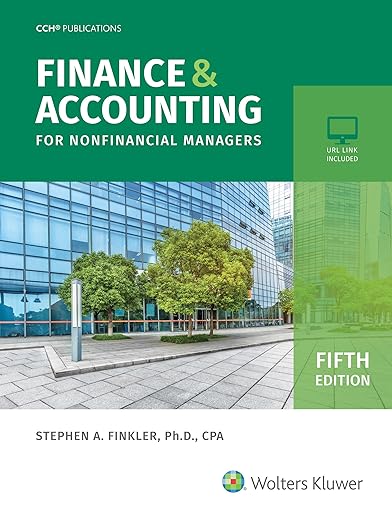Understanding financial statements (Profit & Loss Statement)
To be able to identify solid companies, an investor needs, among other things, to have knowledge of three financial statements: the balance sheet, the income statement and the statement of cash flows.
This post looks at what a Profit & Loss statement is.
Here is a simple example of a Profit & Loss statement:
ABCXYZ Co
Profit & Loss Statement
For the Year Ending Dec 31, 2010
Sales……………………………………………..$1,000,000
Cost of Goods Sold………………………..($500,000)
Gross Profit……………………………………$500,000
Selling & Administrative Expens…….($250,000)
Depreciation…………………………………..($80,000)
Operating Profit (EBIT)…………………..$170,000
Interest………………………………………….($30,000)
Earnings Before Taxes………………….$140,000
Taxes…………………………………………..($56,000)
Net Profit…………………………………………$84,000
Unlike a balance sheet, which tells how much a company owns and how much it owes at a point of time, a profit and loss statement (also known as an income statement) tells how much money a company is making (or losing) for a specified period, which can be a quarter, a half year, nine months or a full year.
At the top line is the sales (or revenue) figure. In the simple example given above, sales for the year 2010 were $1,000,000.
Before a company can sell a product, it has first to acquire the product or to manufacture the product itself. Costs are involved in this process – such as costs of raw materials and labour costs (for manufacturers) and wholesale price of goods (for retailers). These costs come under of cost of goods sold. In this example, the cost of goods sold was $500,000.
After deducting cost of goods sold from the total sales, we arrive at gross profit. This is called the gross profit because there are other expense items to be deducted from gross profit before we finally arrive at net profit (or net income). In the given example, gross profit was $500,000.
From the gross profit, we deduct selling & admininstrative expenses ($250,000) and depreciation costs ($80,000) to arrive at operating profit or earnings before interest and taxation (EBIT) of $170,000. Examples of selling & administrative expenses – known also as operating expenses – include marketing, administrative salaries and sometimes research and development. When a company buys an asset that lasts for a long time, such as a new building or a new piece of machinery, it charges a portion of the cost of the asset on its profit and loss statement (or income statement) over a series of periods. This is known as the depreciation charge. Assuming the company buys an $800,000 machine and it spreads the cost of this over ten years. The depreciation for each of the 10 years works out to $80,000.
A company sometimes takes loans to help in its operations. It has then to pay interest on the loans. In the example given, interest cost was $30,000. After deducting this interest cost from operating profit, the company was left with earnings before taxes of $140,000.
Taxes for 2010 was $56,000. After deducting this amount from earnings before taxes, we arrive at the bottom line – which is net profit (also known as net income) – of $84,000.
Recommended reading:
(2) Analysis for Financial Management, 10th Edition
(3) Financial Statements: A Step-by-Step Guide to Understanding and Creating Financial Reports
(4) Finance & Accounting For Nofinancial Managers By Stephen A. Finkler
